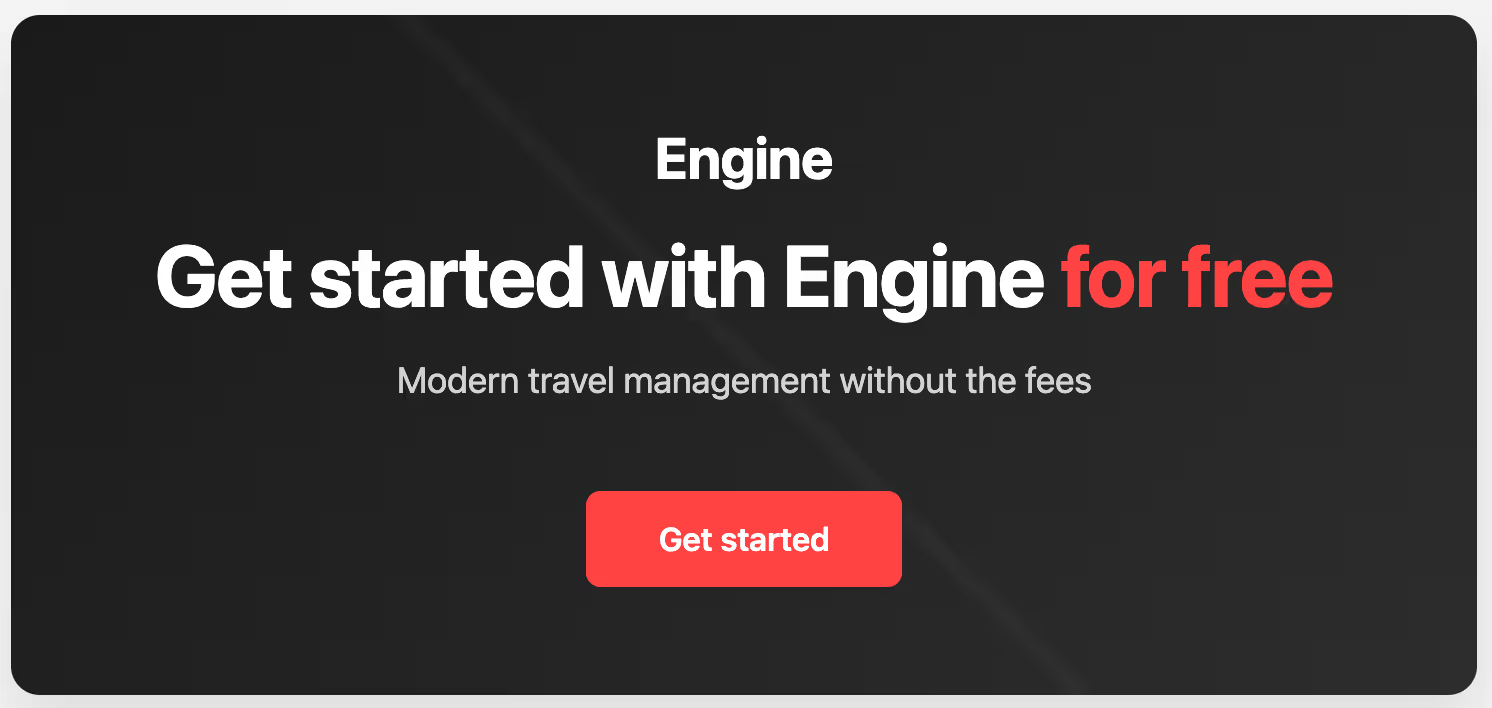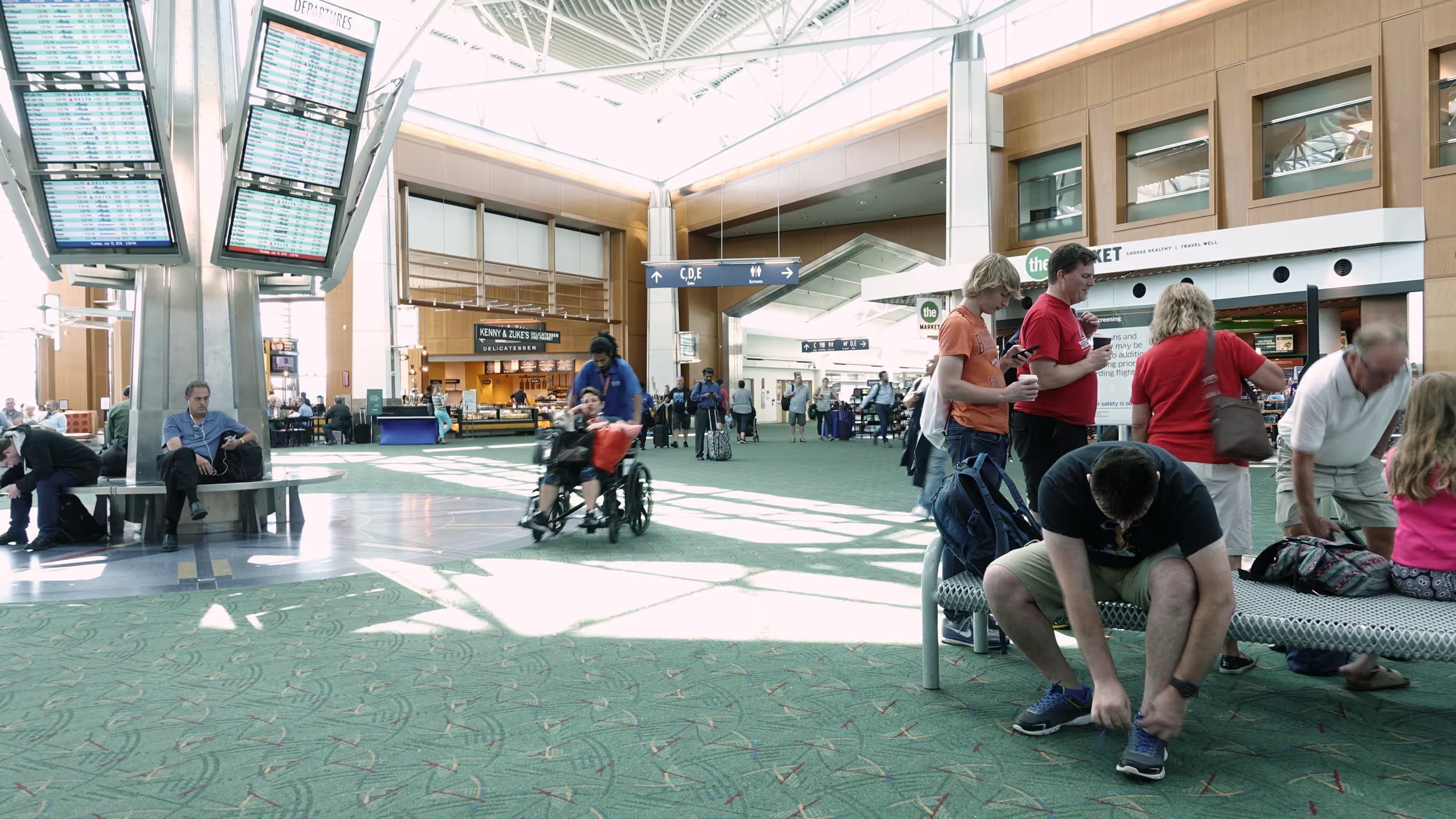Stop Construction Cost Overruns: 12 Proven Tactics

Many construction jobs exceed their budgets or miss deadlines.
When overruns occur, every extra dollar comes straight off your margin—and on tight-bid work, there isn't much margin to begin with.
But overruns aren't fate. These 12 tactics are ground-level moves you can start on the next job.
Tighten estimates with real data, lock down scope, track costs in real time, and even wring waste out of hotel bookings for traveling crews.
Tactic #1: Nail the Estimate: Data-Driven Bidding & Contingency Planning
Blown budgets usually start on day one—with a number that was never right. Inaccurate estimates top the overrun list, right next to scope creep. If the sticker price is off, every schedule slip or price hike only makes the hole deeper.
The fix is a repeatable, numbers-first routine you run before the bid goes out the door. Four moves, no shortcuts:
- Pull real cost data. Use unit costs from recent jobs and third-party benchmarks. Base numbers on reality.
- Do a bottom-up take-off. Break the work into packages, count every stick of rebar, and have a fresh set of eyes check the math.
- Add 5–10% contingency per trade. That's not padding—it's rent you pay to risk.
- Update at each design milestone. Treat estimating like a rolling wave. Update numbers as drawings firm up, not once the concrete trucks roll.
Pick the right approach for each stage.
Tactic #2: Scope Lockdown & Formal Change Control
Lock the scope before the first shovel hits dirt.
Your scope baseline—the drawings, specs, and allowances everyone signs off on—keeps costs from running wild. The moment that baseline shifts without controls, money walks out the door.
Industry post-mortems show frequent design changes kill budgets. Projects that let scope drift are the ones that blow past budget.
Treat every change like it's coming from your pocket. A digital change-order workflow stops the bleeding:
- Request hits the system with drawings or photos attached—no hallway promises.
- You tag the work package and run a quick cost-and-schedule impact check.
- The approval chain signs off in the platform—PM, client, finance—so phones aren't lighting up later.
- The system time-stamps the decision and pings everyone who needs to know.
- Budget dashboards update live, showing new committed dollars side-by-side with the original line item.
Draw a hard line on what needs formal approval. Moving an outlet six inches probably doesn't. Swapping finishes, adding square footage, or changing structural steel absolutely does.
Ask one question: will this cost money or add time? If yes, route it through the workflow.
Tactic #3: Track Costs & Progress in Real Time
Monthly spreadsheets often hide slow leaks that drain profits.
Switching to daily, cloud-based dashboards provides insight into budget slippage, helping you spot issues the day they start. Delayed reporting is a major driver of project overruns, with many projects derailing because field teams kept working while the office awaited paperwork.
Real-time tracking resolves this. Every logged hour, material load, and approved invoice updates on a single live screen. With this visibility, a 5% variance triggers a phone call, not a post-mortem.
Keep the score simple and track:
- Cost Performance Index (CPI) to see each dollar's return.
- Schedule Performance Index (SPI) to check if hours are on track.
Monitor three categories: budget, committed costs, and spent.
Committed costs refer to resources or funds already allocated but not yet used. If committed costs outpace spent costs, it signals a potential issue that needs adjustment before the funds are fully used.
Tactic #4: Cut Travel & Lodging Waste with Centralized Crew Booking
Poor logistics can swallow 20-30% of your total material budget before anyone sets foot on site. Direct costs spike with surge pricing on fuel and freight. Idle labor burns money while crews wait for beds or materials. Schedule slips trigger liquidated damages and weekend overtime.
Centralized crew booking cuts those leaks the same way a job trailer whiteboard keeps trades in line—one source of truth everyone can see.
Tag every flight, van rental, and hotel with the project code.
Use Engine's platform to run all bookings through a single system. Engine handles bulk room blocks near the site, one invoice tied to your cost code, and dashboards of travelers’ average spends.

Tactic #5: Optimize Logistics & Just-in-Time Material Delivery
Mistimed deliveries don't just irritate the crew—they burn cash.
Every hour a loader waits on rebar is an hour you're paying people and equipment to do nothing. When freight delays pile on, costs spike and the schedule slips.
Heavy-highway contractors stuck behind port congestion saw trucks idle, crews re-sequenced, and liquidated damages looming. The fix isn't complicated—it's a plan that ties deliveries to the work, not the other way around.
Here's how to line it up:
- Draft a logistics plan that mirrors the schedule. Materials land only when the task is ready, not because the supplier "had a truck in the area."
- Set buffer zones and staging areas. Even tight urban sites can carve out a mini-yard or off-site laydown lot to keep the main deck clear.
- Lock suppliers into KPIs and delivery windows. Late truck? They know it costs you money, and the contract reflects that.
- Track every load with GPS and live alerts. A five-minute ping beats a dozen "Where's the driver?" calls.
- Verify deliveries digitally. Scan the ticket, snap a photo, and the system updates quantities and costs on the spot.
Poor material flow clogs the site, forces double handling, and racks up storage fees. Just-in-time delivery keeps aisles clear and crews moving, but you still stash critical path items as a safety net.
Tactic #6: Vet & Align Subcontractors Beyond Lowest Price
Chasing the rock-bottom bid looks smart on bid day and painful once the job starts. Before you hand over the purchase order, check every trade partner on five critical points:
- Financial strength. Ask for recent financials, bonding capacity, and proof they pay their suppliers on time. A shaky balance sheet becomes your problem the minute cash flow gets tight.
- Current workload. A crew already stretched across three sites won't hit your milestones. Confirm crew size, equipment availability, and where their "A-team" is actually working.
- Safety and compliance record. OSHA violations, insurance claims, and EMR tell you if corners get cut when nobody's watching.
- Past performance. Look at comparable jobs—budget accuracy, punch-list volume, and number of change orders they generated.
- Key personnel. You're hiring the superintendent, not the logo. Meet them, confirm certifications, and lock names into the contract.
Spot the crack early, and you won't be patching a financial sinkhole later.
Tactic #7: Schedule Smarter to Reduce Delays & Overtime
When tasks fall behind, you pay double. Once for workers standing idle, and again for overtime costs. Here's how to keep your projects on track:
Master Your Schedule Framework
Map your critical path by listing all activities and identifying real constraints like permits, deliveries, and specialty contractors.
See how a one-day delay causes a five-day setback. Use pull-planning by getting team leaders in a room to build realistic work sequences. Keep a two-week schedule that you update daily and recalculate your critical path when sequences change.
Add Strategic Safeguards
Put time buffers on high-risk work like scheduling weekend crews for steel during hurricane season.
Stop space conflicts by checking if multiple trades need the same workspace on the same day. Link schedules to costs by connecting your timeline to your budget dashboard so you get alerts when hours exceed plans.
Prioritize Field-Level Communication
Run daily crew meetings. A 5-minute morning huddle beats complex charts every time. Focus on what matters: clear plans, quick feedback, and realistic buffers that keep projects moving and overtime off your invoice.
Tactic #8: Shield Budgets from Inflation & Market Fluctuations
Material prices change faster than construction progress.
When steel or plywood costs suddenly increase, your profit margin disappears. Add shipping cost increases, and your budget suffers before you notice. The solution is planning ahead, not reacting after prices rise.
Here’s how you can protect your budget in the face of global events:
- Lock in early price commitments with suppliers: Use early procurement and price-lock agreements that cap your exposure even when costs climb elsewhere. Ask owners to purchase bulk materials upfront for storage. This shifts timing risk to the party best able to handle it. Trading small storage costs for price stability makes sense when material costs swing wildly from month to month.
- Build protective contract language: Create protective contracts that shield your bottom line. Include escalation clauses linked to specific benchmarks like regional steel or asphalt indices. This converts unpredictable market changes into documented change orders. Your contract becomes your safety net.
- Phase your bidding strategically: Phase your bidding on long projects to avoid locking in tomorrow's work at today's understanding. Price the first phase with current costs you can verify, then wait to price later phases until markets stabilize. This keeps you from guessing what copper will cost 18 months from now, and guessing wrong.
- Develop material substitution plans: Plan for material substitutions before you need them. When prices keep rising, know which alternatives perform similarly at lower cost, like PEX or aluminum instead of copper. Get engineer approval for changes early in the process.
You should always be monitoring high-risk materials that impact your bottom line. Ten minutes a week is all it takes to be prepared.
Tactic #9: Proactive Risk & Contingency Planning
Surprises kill budgets. Poor risk planning ranks with bad scopes and fuzzy bids as a top reason projects blow past estimates. The fix: spot trouble early, price it honestly, keep money ready.
Start with a team huddle. Get supers, estimators, field leads, and the client in one room. List every "what-if" that could delay work—steel price spikes, flash floods, permit delays. Score each risk on likelihood and budget impact. Multiply those numbers for a priority list that works.
Track everything in a simple risk log:
- Risk description
- Probability (%)
- Cost impact ($)
- Owner
- What you're doing about it
- Current status
Update weekly in site meetings. If a risk fades, release the holdback. If it hits, use the contingency you set aside. Don't raid other cost codes or write after-the-fact change orders.
Tactic #10: Use Tech: BIM & Cost Controls
Construction technology provides powerful tools that identify problems before work begins and reveal financial leaks while they're manageable. Building Information Modeling (BIM) and digital cost controls offer immediate benefits to your budget oversight.
Start with the model.
3D BIM files detect clashes and duplications before ordering materials, improving quantity accuracy and eliminating redrafts. This model integrates historical cost data, enhancing estimated precision on comparable projects.
Mobile apps accelerate documentation. Field supervisors capture photos, record hours, and assign cost codes via smartphone. Data transfers instantly to office dashboards, eliminating delays.
But technology alone isn't sufficient.
Designate a trusted tech champion per project to simplify tools and create workflows. Begin with one problem, demonstrate results, then expand. Choose technology addressing your most urgent challenge and build from there.
Tactic #11: Transparent Stakeholder Communication & Documentation
You can hit every milestone on schedule, but if owners, subs, and your field crews aren't all on the same page, your budget will suffer. Different information leads to rework, disputes, and surprise change orders.
Start with the Basics
Define who talks to whom, how often, and about what. Post a simple RACI chart in the trailer (beats a lengthy plan nobody reads).
Create one central location for all documents: drawings, requests for quote, and field notes. Having a single source prevents people from working with outdated information. Teams with central communication hubs solve problems faster with less back-and-forth.
Keep Money Talks Current
Update the shared dashboard before leaving the trailer. Use field-friendly tools that make updates visible to everyone. Don't wait for the month-end—hold weekly cost meetings with the project owner, lead subcontractors, and finance team.
Handle Problems Openly
When issues arise (weather delays, missing materials), report them immediately. Present clear options and document agreements in writing. This honest approach preserves relationships and prevents legal complications.
Stick to facts and frame challenges as shared problems to solve together. By keeping the right people informed at the right time, you'll build trust, save time, and protect your profit margin.
Tactic #12: Post-Project Cost Analysis & Continuous Improvement
The last invoice doesn't mean the work is over. Without proper analysis, the same overruns will repeat on future projects. Begin your review within two weeks of handoff, while memories are fresh and documentation accessible.
Compare every cost code against the original budget, flagging variances over 5%.
Analyze by trade, then gather supers, foremen, and estimators for a focused 90-minute review session. This fact-finding exercise identifies what went wrong and why.
Transfer these insights directly to your historical cost library. Update unit rates, note high-risk elements, and document clear lessons. This data improves future bids.
Keep Your Projects on Track and Profitable
Projects still blow the budget nine times out of ten. The usual suspects—bad estimates, scope creep, logistics chaos—keep showing up in post-mortems. Tackling them head-on protects margin on every job you touch, whether it's a three-week fit-out or a two-year highway build.
So take a hard look at your current playbook. If your bids aren't double-checked, if travel sits on personal cards, or if you're waiting weeks for cost reports, start there. Engine handles the crew-travel piece without corporate bloat. One booking hub, zero surprise fees. Make work travel less work—sign up to Engine for free.








.jpg)

















